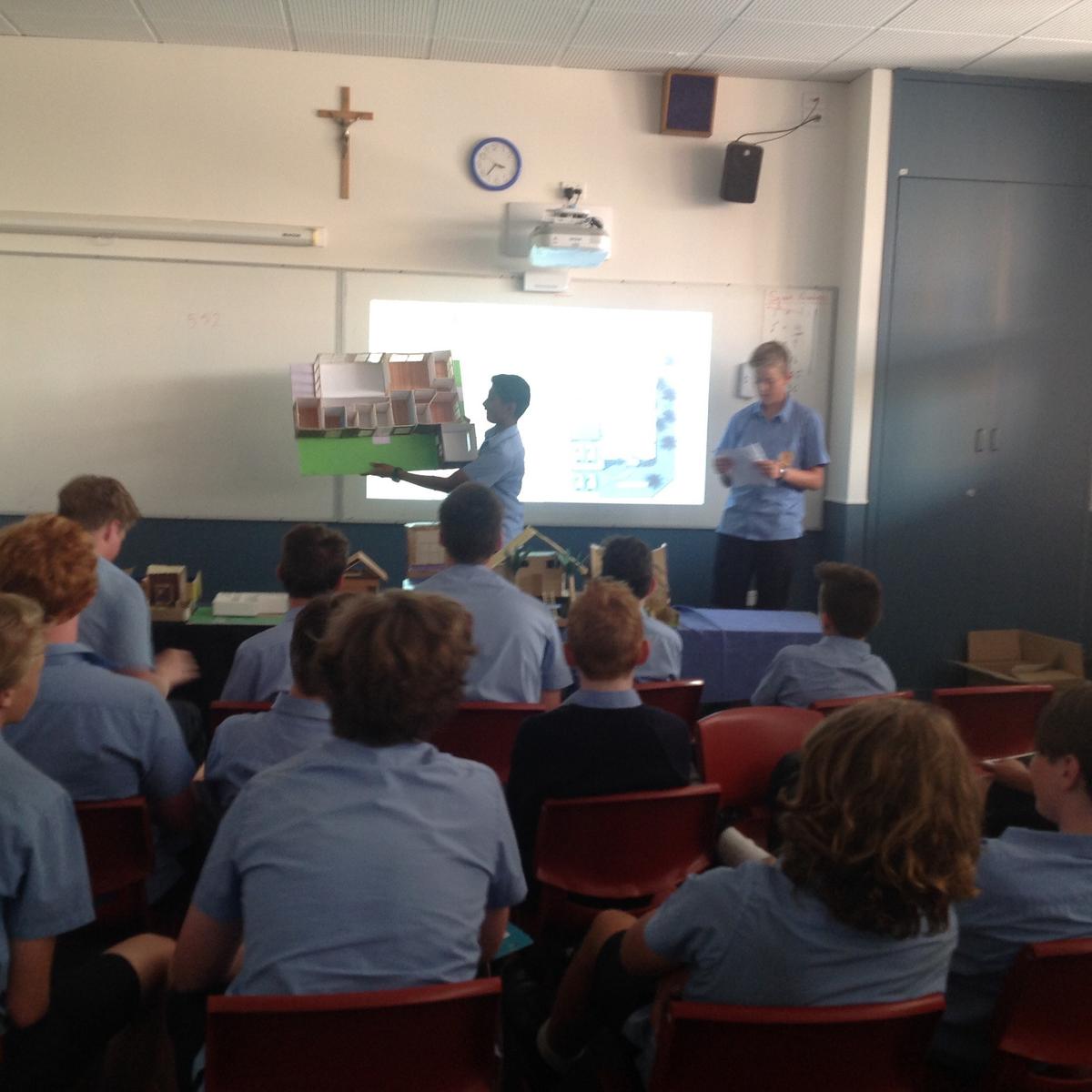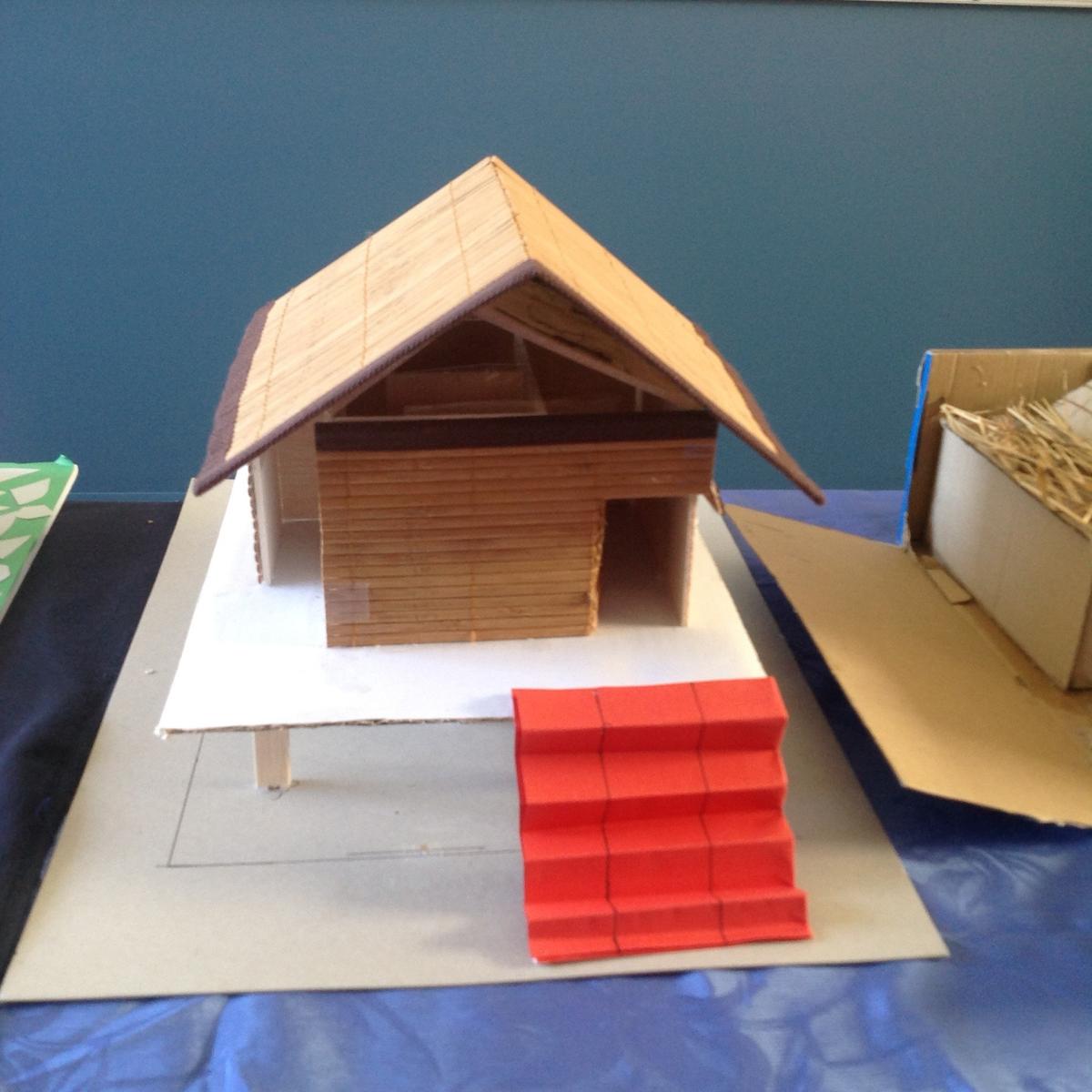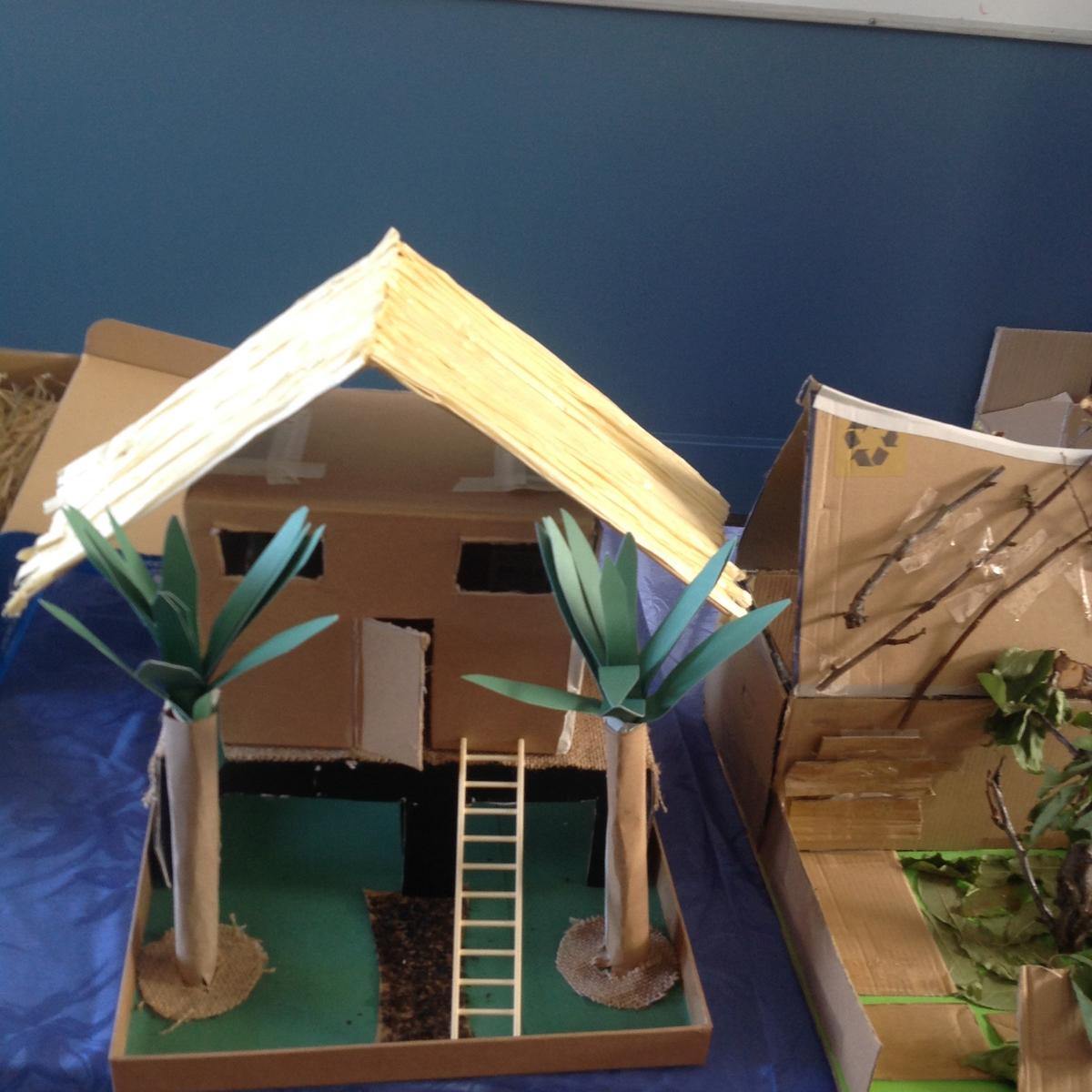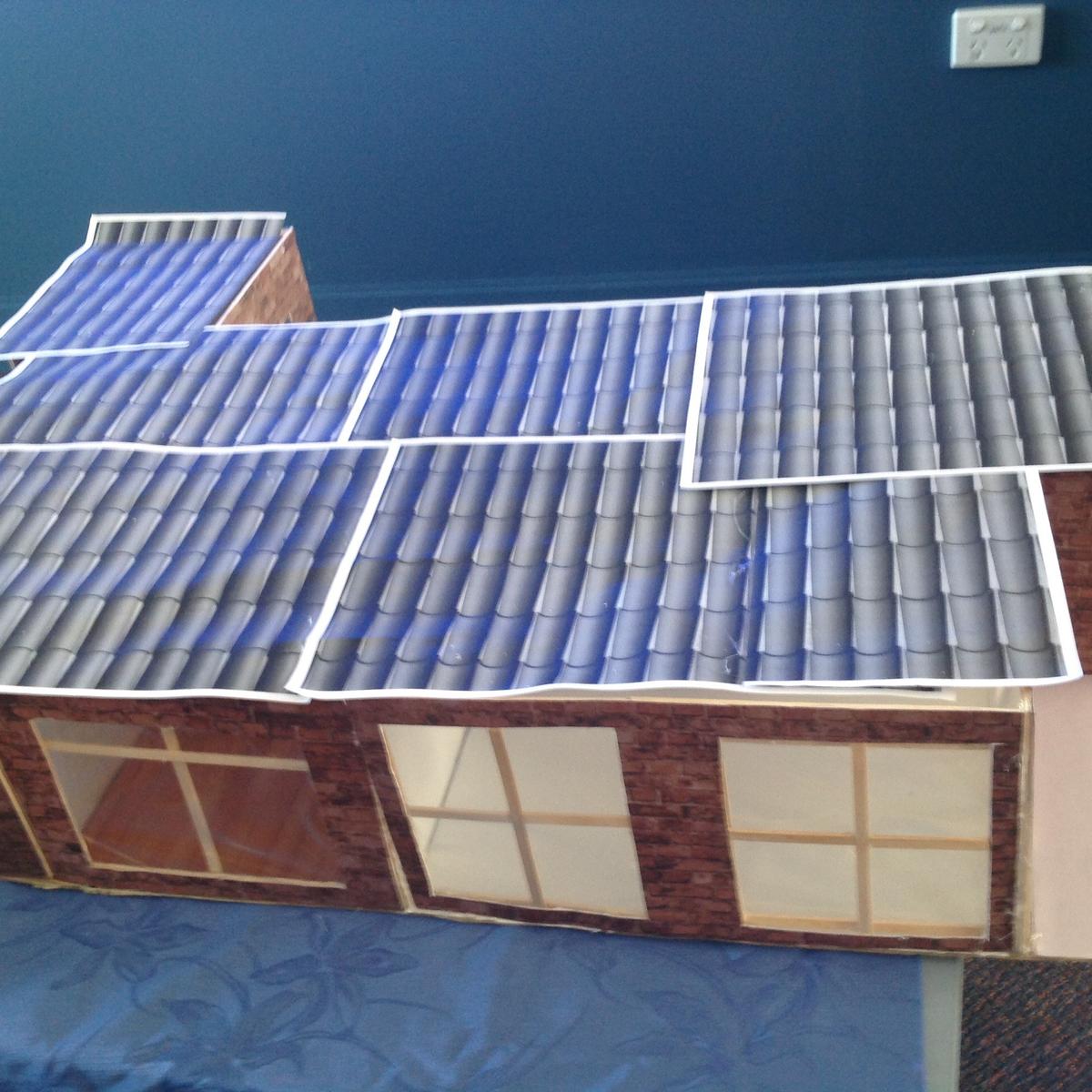Lote

Indonesia
Indonesia is a country, which has a great variety in its cultures and languages. One of the forms of the culture is the abundance of traditional houses. The variety in housing styles found in Indonesia is significant. Outside the cities, the village houses are simpler, and in some areas people have developed elaborate and unique styles of housing.
In term one our year 9 LOTE – Indonesian study students are learning about House Styles and Daily Routines. Students are able to identify various rooms in the house, including the different bathrooms and chores associated with each room. Students also described the kind of family activities conducted in various rooms. In week 8, all students working in groups built their Indonesian house model. Natural colours were used in the building styles
Students Reflection;
Making these model houses was a very positive and entertaining experience for us. Most of the work we had acquired to do over the holidays included continuous writing and constant use of Ipad. By making the houses, we were able to let our imagination run wild and come up with some pretty good designs. It was not only entertaining for us, but it provided an opportunity for our parents to witness our crafting skills and I am certain most parents had no idea this was what we students were capable of. Overall I'm glad I got to do it and it has given me a different way of appreciating architecture. Iyvin Prakash 9.3
For Topic One Indonesian – House: We had an opportunity to build a traditional Indonesian house. I really enjoyed making it, and as I began to learn more about how the Indonesian houses look like, and about how different they are compared to the houses we have in Australia. It was a very fun experience, to present this house in-front of the class. What I really like about traditional Indonesian houses was that a lot of houses have nice long trees, and that the houses are elevated from ground due to flooding in Indonesia. I learnt a lot from this experience, and I hope to do it again in the future.
Cameron Dolley.
Throughout term 1, in Indonesian we were instructed in groups to create typical, authentic Indonesian homes. Items such as paddle-pop sticks, toothpicks, cardboard and plastic covers were all utilised to great affect. The buildings were completed with a traditional exterior, doors, windows, kitchens and normal room setups. The task gave us a chance to display the artistic side of our character, while it also led us to research Indonesian culture in depth. It was incredibly interesting learning the reasons behind the quirks of Indonesian architecture and why they are set up in such a unique fashion. We then had to present our buildings alongside a verbal presentation that described our house and its features. There was a variety of designs produced that covered different aspects of the culture and led to a compelling class discussion. Flynn Morley 9.6
To complete my assessment, I built a model of a traditional Indonesian house. I recently had been to Bali and saw how many of the houses were made on stilts and from wood, this was where I received my inspiration. I collected two scrap pieces of cardboard, one for the base and one for the floor. I had leftover balsa wood from previous projects; I used this for the walls and stilts. The house has two bedrooms, a bathroom, a living room and a kitchen. The roof and sides of the house are made from an old placement. Cameron Massie





